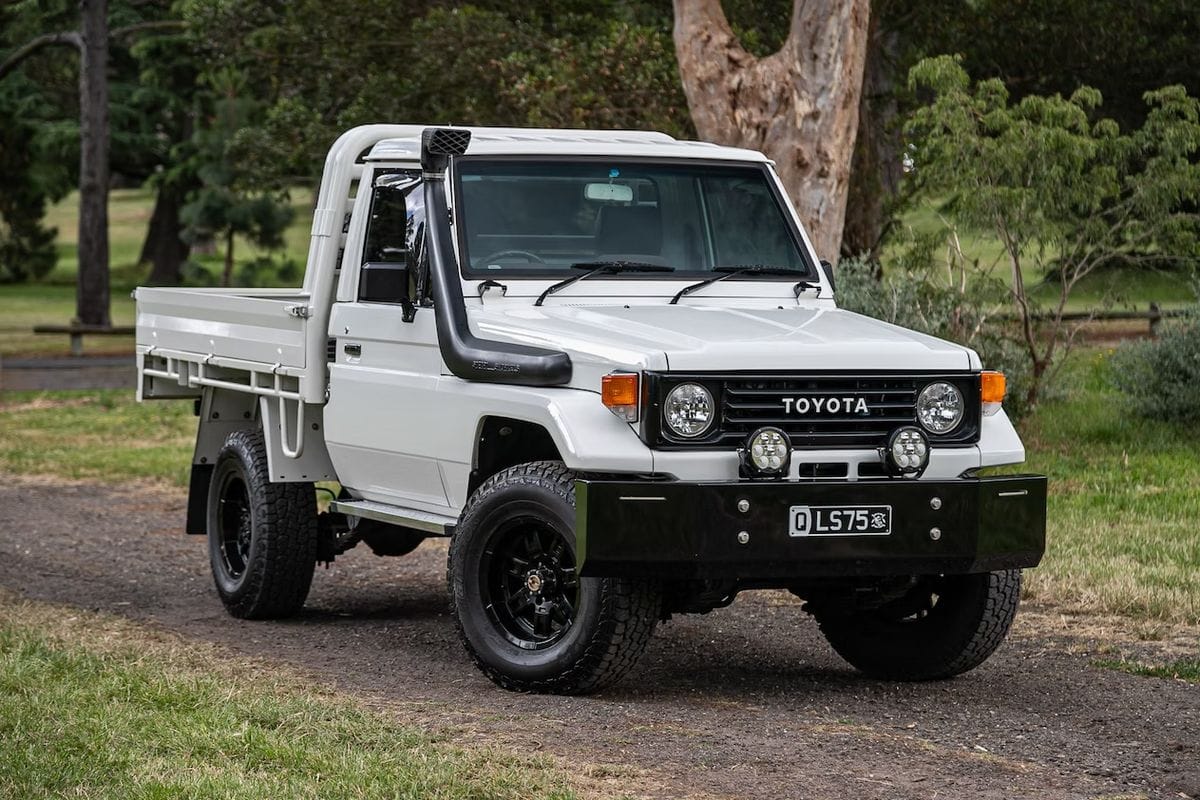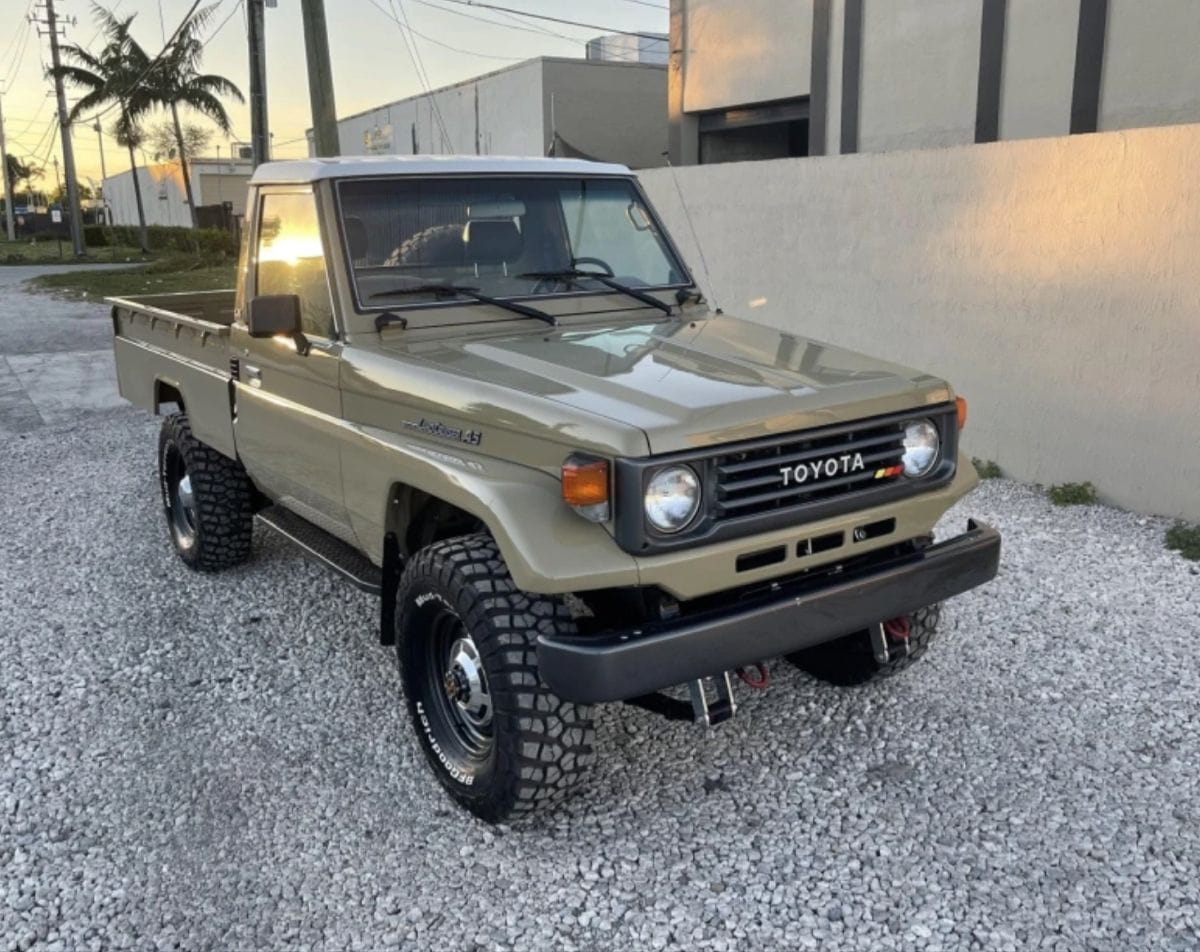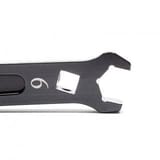What Makes the FJ75 Series So Great?
The Toyota FJ75 Series Land Cruiser has earned a legendary reputation in the 4x4 community. Built from the late 1980s through the 1990s, it’s the kind of bakkie that thrives in the harshest environments—whether that’s the Australian Outback, African bush, or Middle Eastern deserts.
But what exactly makes the FJ75 so special? Let’s break it down.
1. Built for Work, Not Just Looks
The FJ75 was designed as part of the Land Cruiser 70 Series lineup—vehicles built for durability and utility, not for soft, city life. It came in pickup (bakkie) and troop carrier (Troopy) versions, both with solid axles and heavy-duty ladder-frame chassis.
These rigs were used by farmers, miners, NGOs, and overlanders—proving they could handle years of abuse with minimal breakdowns.

2. Legendary 4x4 Capability
The FJ75 runs solid front and rear axles with leaf springs, giving it incredible strength for load carrying and off-road punishment. Paired with Toyota’s proven part-time 4WD system and low-range transfer case, it’s a go-anywhere machine.
While leaf springs may not give the plush ride of coils, they are durable, simple to maintain, and handle heavy loads better than most suspension setups.
3. Bulletproof Engines
The “FJ” designation means it was powered by Toyota’s 4.0L 3F petrol straight-six—an engine known for being under-stressed and extremely reliable. In other markets, you could also find diesel options like the 1HZ (4.2L inline-six diesel) or the 1PZ (3.5L diesel).
These engines weren’t about high speed—they were about torque, simplicity, and the ability to run in remote areas with poor fuel quality.
🔗 More on Toyota’s 70 Series engines
4. Easy to Fix Anywhere
One of the biggest reasons people love the FJ75 is serviceability. No complicated electronics. No delicate sensors. Just mechanical reliability you can fix with basic tools, even under a tree in the middle of nowhere.
This simplicity means you can keep one running for decades without needing a specialist mechanic.

5. Long-Term Durability
Many FJ75s built over 30 years ago are still working daily—hauling loads, crossing rivers, and surviving brutal terrain. The combination of a heavy-duty frame, simple mechanicals, and Toyota build quality means they can easily outlast multiple owners.
6. Cult Status and Collectibility
Because of their toughness and history, FJ75s are becoming collector’s items. Well-kept examples now fetch premium prices, and enthusiasts are restoring them to original spec—or modifying them for extreme overlanding.
Conclusion
The FJ75 Series is a perfect example of why Toyota dominates the world’s toughest terrain—it’s simple, strong, and built for a lifetime of hard work. It may not be the most comfortable or modern, but it’s dependable in a way few modern vehicles can match.
Do you own or want an FJ75? Share your story in the comments!
